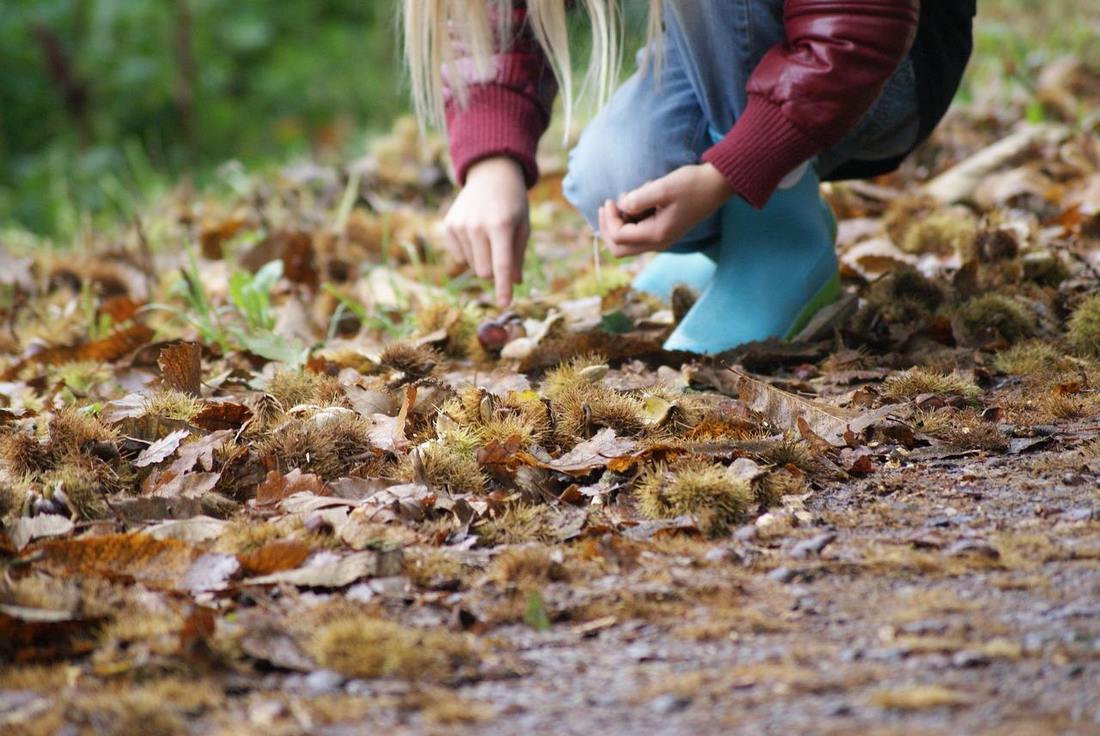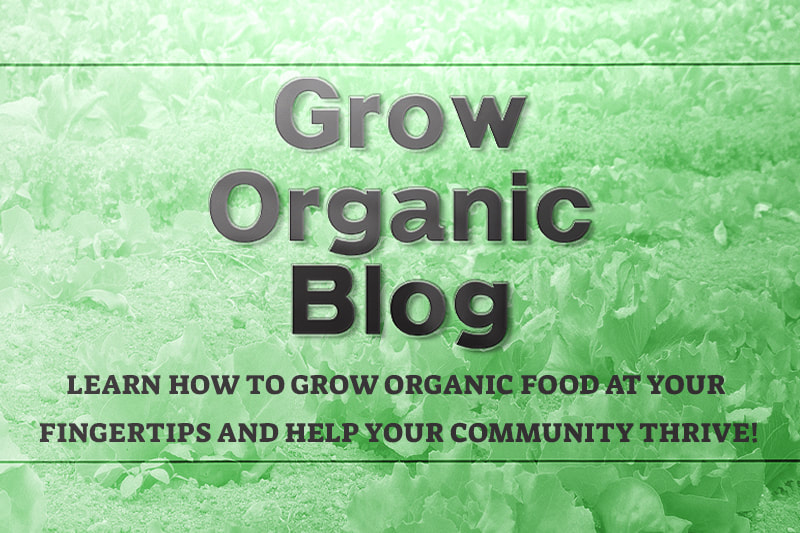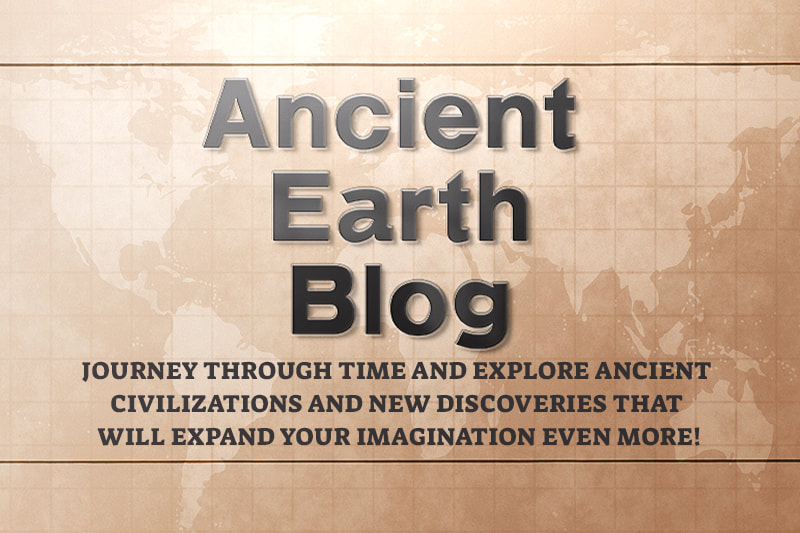|
Nature offers us a huge number of species of wild edible plants. They contain useful vitamins, minerals, carbohydrates, and fiber. Free food, new flavors and on the top of it- connection with Nature just a few steps away! “In every walk with Nature one receives far more than he seeks.” - John Muir Foraging - what is it?
Nature charges a person with energy, inspires for new achievements, fills with strength. The harmony of nature brings balance to the frenzied rhythm of human existence. In places remote from the urban bustle, you can sort out your thoughts, feelings, emotions and look inside yourself. A lot of unique herbs, flowers, and trees surround us, sharing their fragrance, beauty, and benefits. It is not very hard to find time to enjoy and admire them, to explore and even to use them as an extraordinary useful and tasty food. That is where foraging comes to the scene! Since ancient times, along with grain, people have used wild plants. In early spring, their fresh greens supplied them with vitamins; in summer and autumn, in the barren years, they replaced the bread or drinks. Various parts of plants were used in raw form but were also preserved for future use: dried, salted or marinated. They were added as aromatic, spicy substances, greatly improving the taste of food, promoting its assimilation and long-term storage. Many wild-growing perennial grasses, trees and shrubs contain a whole set of biologically active substances necessary for normal functioning of the organism, and, first of all, easily assimilated carbohydrates, vitamins, mineral salts, and organic acids. Some representatives of the wild flora are even richer in these compounds than the cultivated plants of our fields, orchards, and gardens. Respect our mother Nature We should not forget about the fact that there are rare plants that belong to endangered species. They should be known, discerned, and protected. In order not to fade the beauty of our fields and forests, to protect the reserves of raw plant materials for future generations, it is unacceptable to forage at the same places from year to year. When collecting young leaves, shoots, buds and blossoming buds - you cannot pull out roots, and bulbs. Leaves, especially young ones, should not be torn off at the ends of shoots. You have to forage the underground parts of plants after ripening and shedding of seeds, leaving part of them to restore thickets. The importance of safety While foraging, it is very necessary to remember simple, but vital rules. You cannot start foraging without knowing exactly the appearance of the plant. Also, you will need the information about which part and at what stage of its development it can be foraged since some edible plants are similar to their poisonous relatives. It is not recommended to collect plants, berries or mushrooms along the highway and railway tracks, as they absorb and store lead from car exhausts and other harmful substances. Just remember that the sensitivity of a person to wild plants is strictly individual - including them in ration can be accompanied by allergic reactions. It is also necessary to remember, that with some diseases, wild plants can only be used in a limited form. Conclusion People are inextricably linked with nature: it gives us shelter, food and astonishing beauty to enjoy! In turn, people pollute the ecology daily and thoughtlessly treat the gifts of nature. Perhaps, it is worth to change such attitude, and try responding to it by taking care of nature as anxiously as it cares for us. Go foraging, and in time, you will gain more experience and proficiency. Enjoy the nature, feel the love and happiness, breath in the aromas and watch the everlasting beauty. Take pictures, make sketches and notes, to preserve your memories and knowledge for future delight and sharing with others.
0 Comments
Leave a Reply. |
AuthorArchives
November 2022
CategoriesVisit our other BLOGS!
|
|


 RSS Feed
RSS Feed




